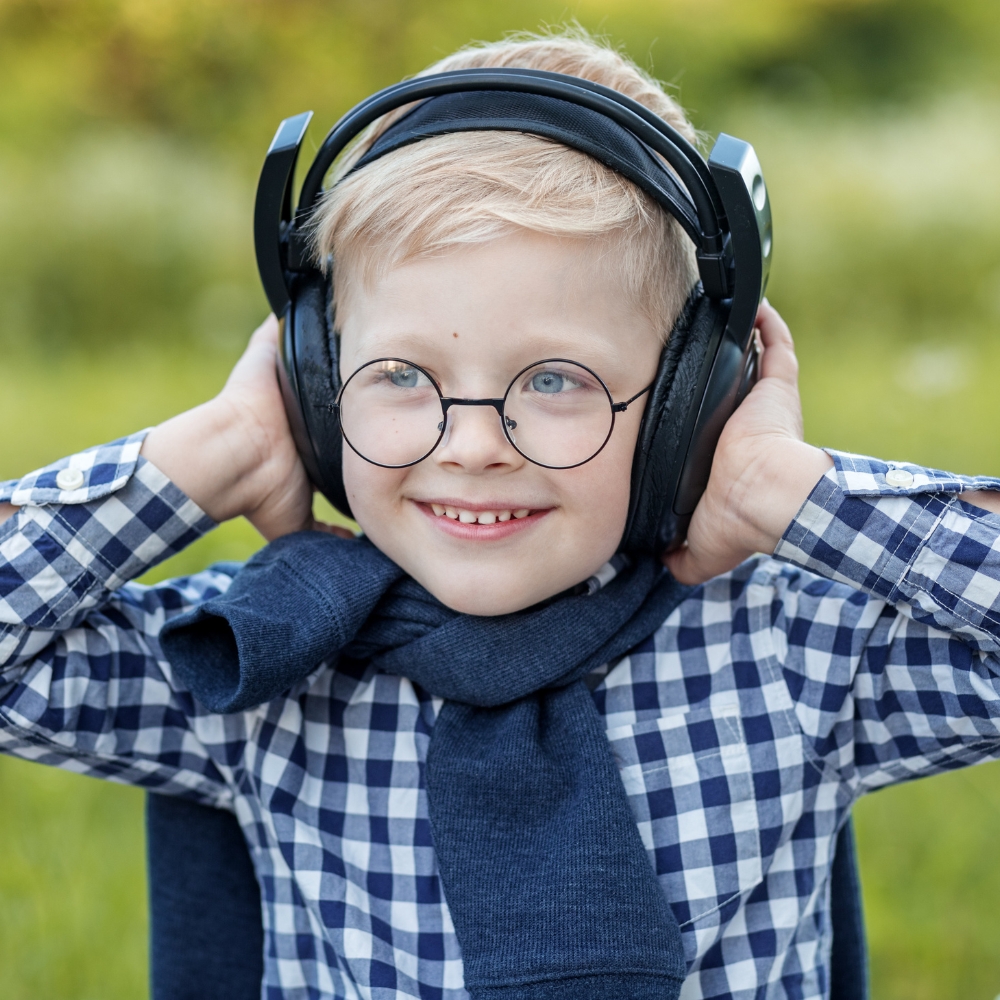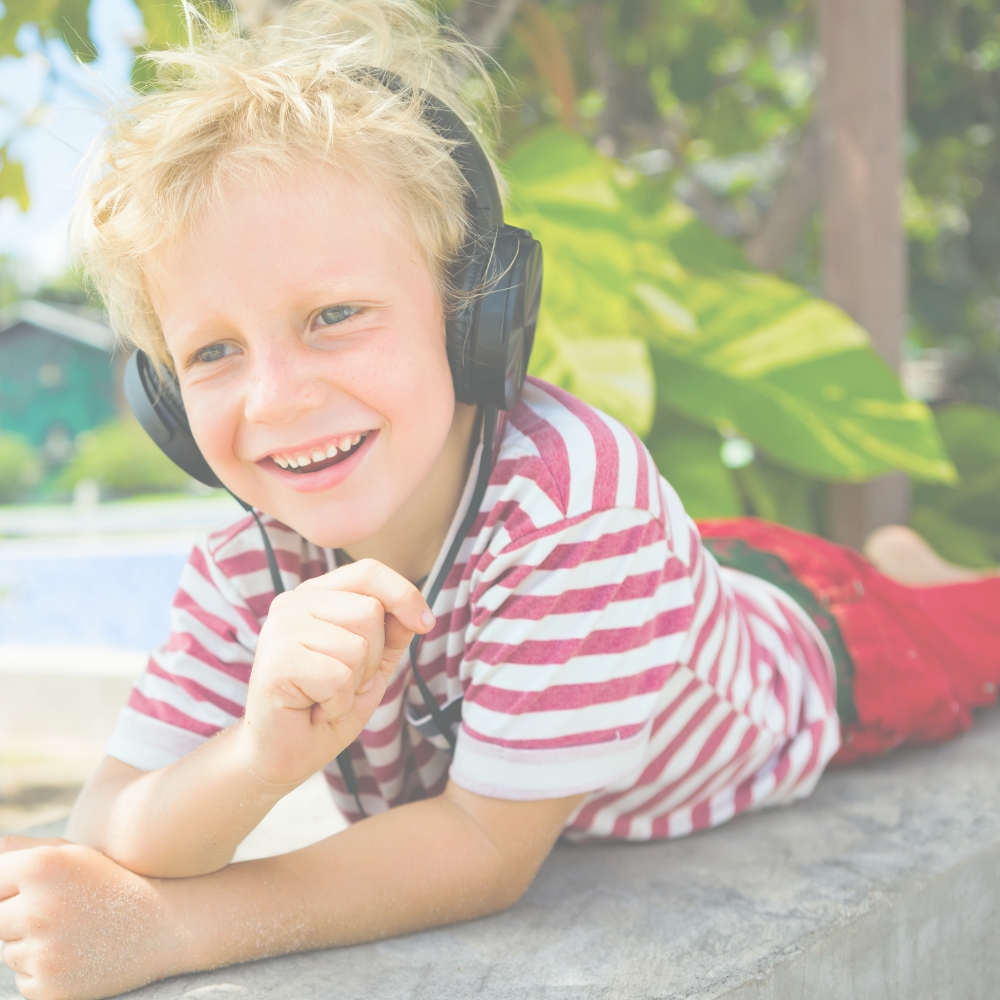Therapeutic Listening
The music in Therapeutic Listening gives the listener unique and precisely controlled sensory information. The music is electronically modified to highlight the parts of the sound spectrum that naturally capture attention and activate body movement, synchronizing it with the environment. Therapeutic Listening uses electronic modifications, along with the organized, rhythmical sound patterns inherent in music, to trigger the self-organizing capacities of the nervous system.

- poor attention
- difficulties interacting with peers and limited play skills
- challenges with transitions or changes in routine
- difficulty communicating (both verbal and non-verbal)
- struggles with sleep, bowel and bladder control, and eating
- trouble following directions
- challenges perceiving and navigating space
- poor timing and sequencing of motor skills
- difficulties with irritability, mood
- difficulties with regulating their energy level (i.e. too low arousal or hyperactive)
- postural insecurity (fear of heights, playing on playground equipment)
- abnormal responses to various sensory stimuli (sounds, touch, taste, pain)
- poor praxis and motor planning: coming up with an idea, planning, and completing the task
- difficulty responding to sounds and verbal directions
Therapeutic Listening is implemented as part of a comprehensive, multi-faceted therapy programme and can increase the intensity and shorten the duration of treatment.
You will be given a listening protocol to carry out at home which is uniquely selected for your child. Typically, this will involve two listening sessions of 30 minutes each day using the musical selection recommended by myself. After a two week listening cycle, the music will be progressed based upon your child’s gains and response to the previous music selection, and upon continual assessment of your child’s attention, body posture, sleeping and eating, ability to focus and be organised, etc. Each child is unique and the music progression will evolve depending on what the provider and the parent observes to be most effective for the child.
Some musical selections need to be listened to using a certain type of headphones that were specifically designed for Therapeutic Listening.

